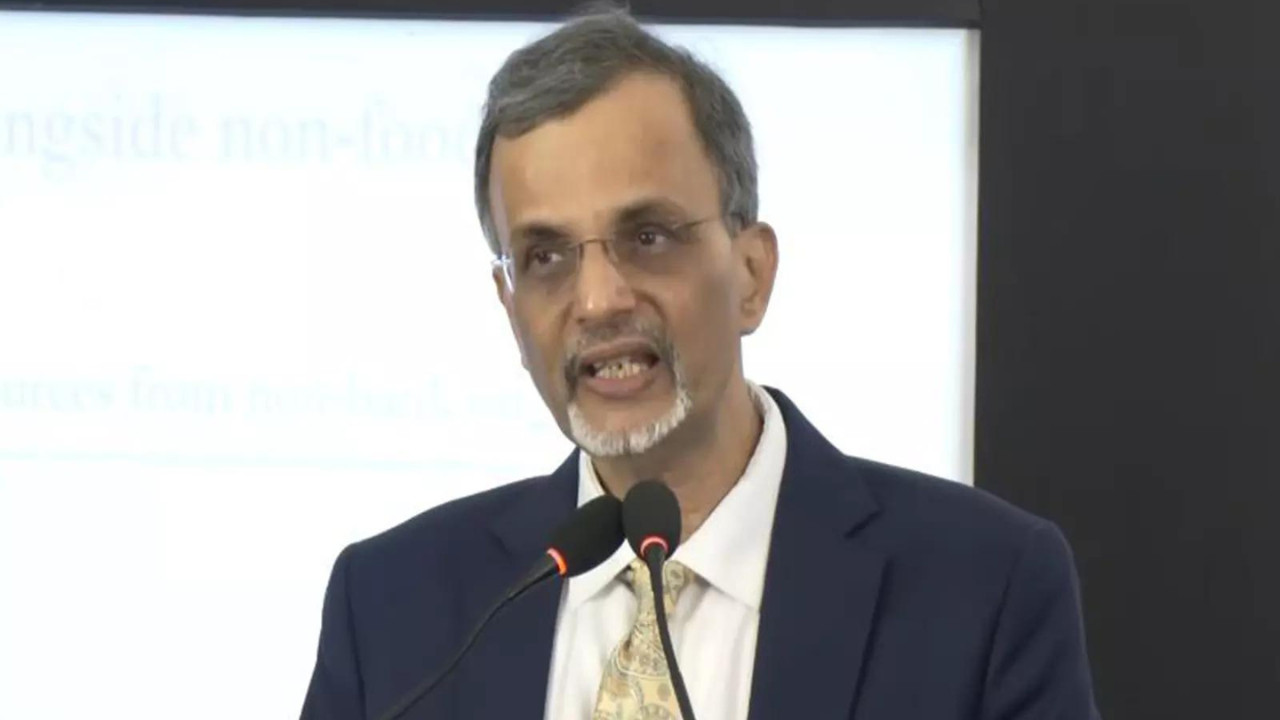Prime Minister Modi announced upcoming GST reforms aimed at easing the burden on citizens, farmers, and MSMEs. The proposed changes include a simplified two-slab structure and rate rationalization. These reforms focus on structural improvements, rate adjustments, and enhancing the ease of living, with implementation expected this financial year.
A Simplified GST: Will Two Tax Rates Really Benefit Everyone?
The Goods and Services Tax (GST), India’s ambitious attempt to streamline indirect taxation, is potentially on the cusp of a significant makeover. For years, the multi-tiered structure has been a source of complexity and confusion for businesses and consumers alike. But whispers in the halls of the Finance Ministry suggest a radical shift: could we be moving towards a simpler, two-slab GST system?
The current GST landscape is a patchwork of rates – 0%, 5%, 12%, 18%, and 28% – each applied to different goods and services. This complexity has led to classification disputes, compliance burdens, and, arguably, hasn’t delivered on its promise of easy tax administration. The proposal, reportedly under serious consideration, aims to drastically reduce this complexity by collapsing the 5% and 28% rates into just two, yet-to-be-determined, rates. This isn’t just a minor adjustment; it’s a fundamental re-think of how GST operates in India.
Why a Two-Slab GST Matters
The potential benefits of such a simplification are considerable. For businesses, a leaner rate structure means reduced compliance costs. Less time spent on navigating complex tax codes translates to more time focusing on core business activities, innovation, and growth. Imagine the impact on small and medium-sized enterprises (SMEs) that often struggle with the intricacies of the current system. The impact of a simplified GST would significantly reduce this burden.
For consumers, the advantages are equally compelling. Simpler taxes often translate to greater price transparency. When businesses have a clearer understanding of their tax obligations, they can price their products more accurately, leading to fairer deals for shoppers. Moreover, a simpler system is less prone to manipulation and tax evasion, which ultimately benefits the government’s revenue collection.

The Road Ahead: Challenges and Considerations
Of course, transitioning to a two-slab GST structure isn’t without its challenges. Determining the exact rates for the two slabs will be a delicate balancing act. The government needs to ensure that the new rates are revenue-neutral, meaning they generate the same amount of revenue as the current system. This requires careful modeling and analysis of the potential impact on different sectors of the economy.
One of the biggest concerns revolves around essential goods and services currently taxed at the 5% rate. Raising this rate, even if it’s balanced by a reduction in other areas, could disproportionately affect lower-income households. Similarly, the goods currently in the 28% slab, often considered luxury items, will need to be reassessed to avoid discouraging consumption and investment.
Another crucial aspect is ensuring a smooth transition. Businesses need time to adapt to the new rates, update their systems, and train their staff. Clear communication and guidance from the government will be essential to minimize disruption and ensure compliance.
The Broader Economic Impact
Beyond the immediate effects on businesses and consumers, a simplified GST could have a significant impact on the Indian economy as a whole. Increased efficiency, reduced compliance costs, and greater transparency can boost competitiveness, attract investment, and drive economic growth. It could also pave the way for further reforms in the tax system, making it more efficient, equitable, and sustainable. Related to this, understanding the nuances of e-invoicing under GST could be another avenue for businesses to streamline their operations.
Could This Be the GST Reform We’ve Been Waiting For?
The potential move towards a two-slab GST structure represents a bold and potentially transformative step for the Indian economy. While challenges remain, the benefits of a simpler, more efficient tax system are undeniable. If implemented effectively, this reform could unlock significant economic potential and make life easier for businesses and consumers alike. The coming months will be crucial as the government navigates the complexities of implementation and strives to create a GST system that truly benefits everyone.







